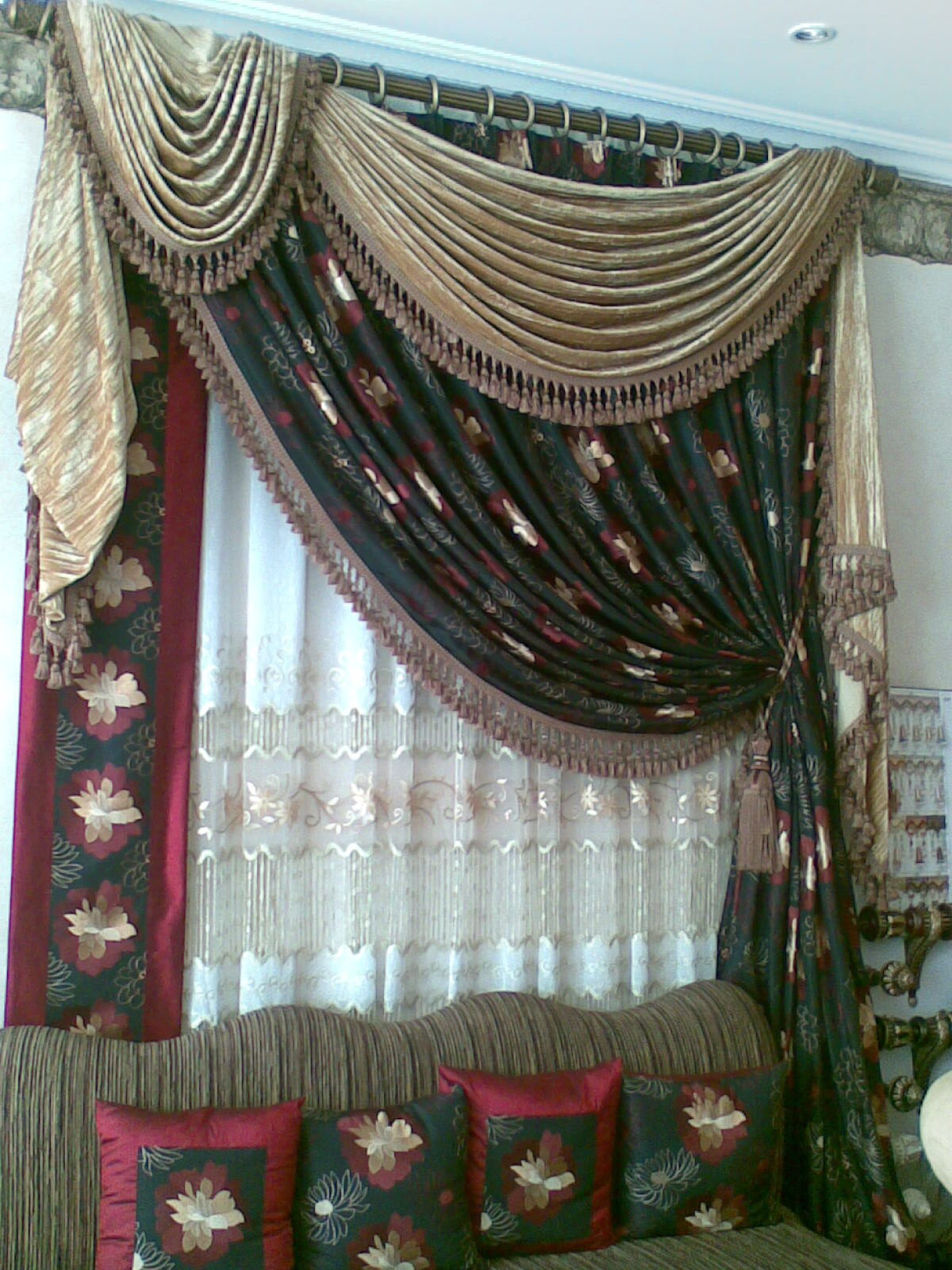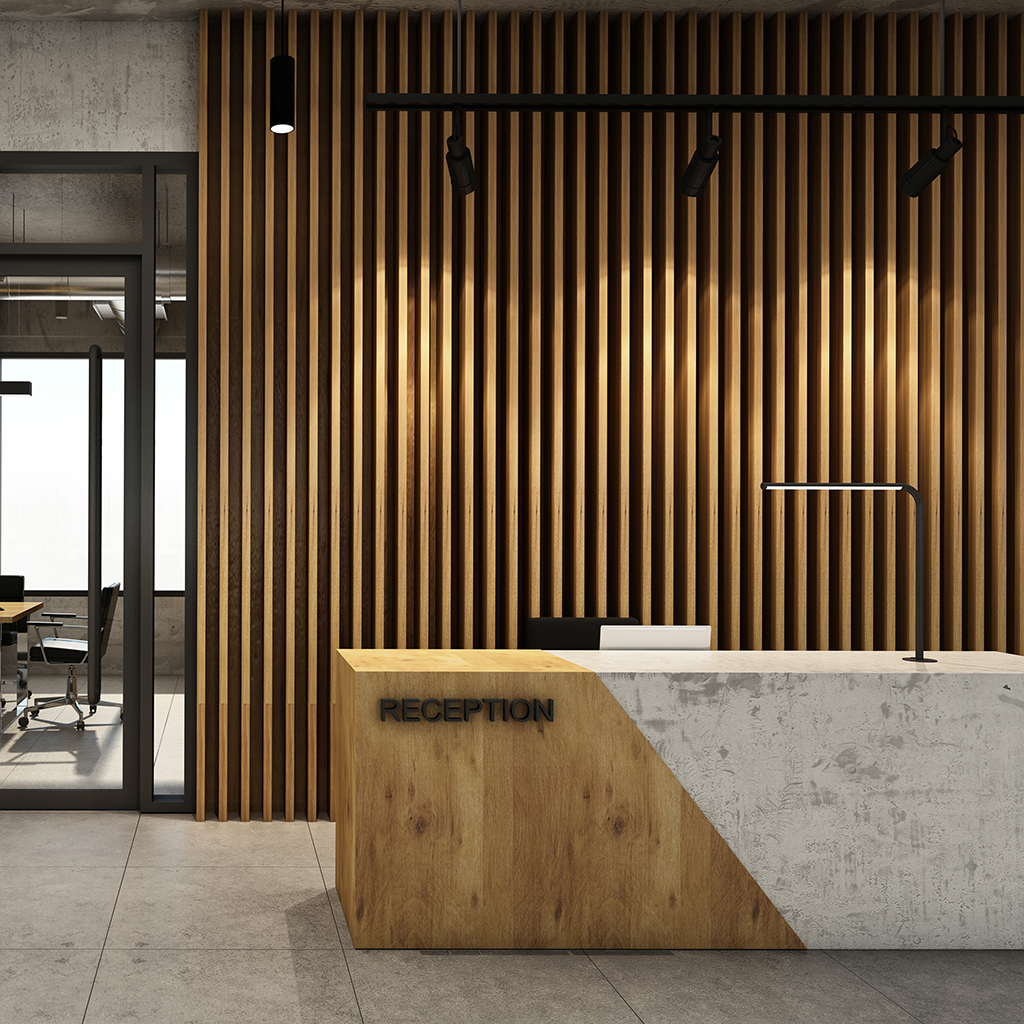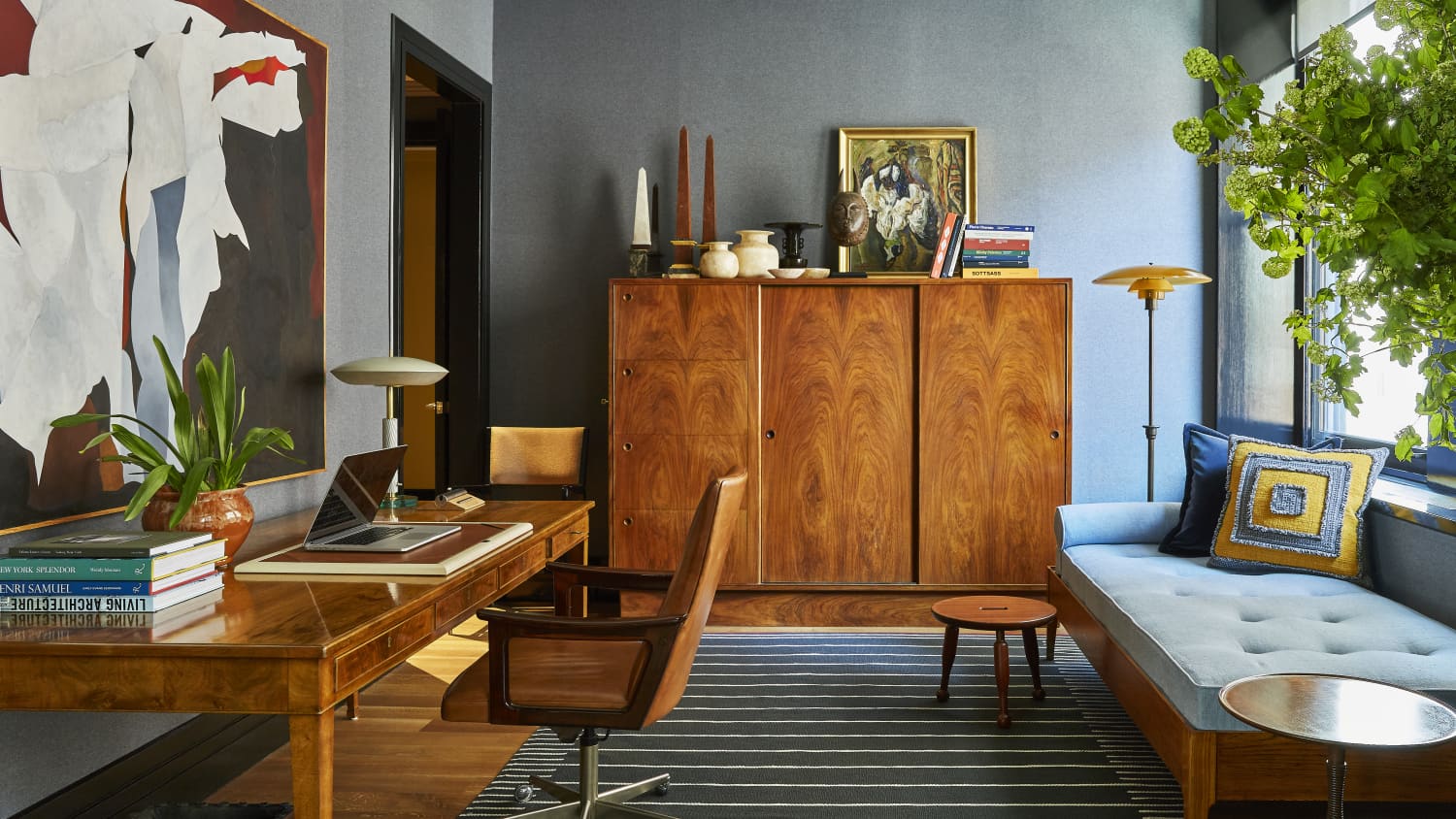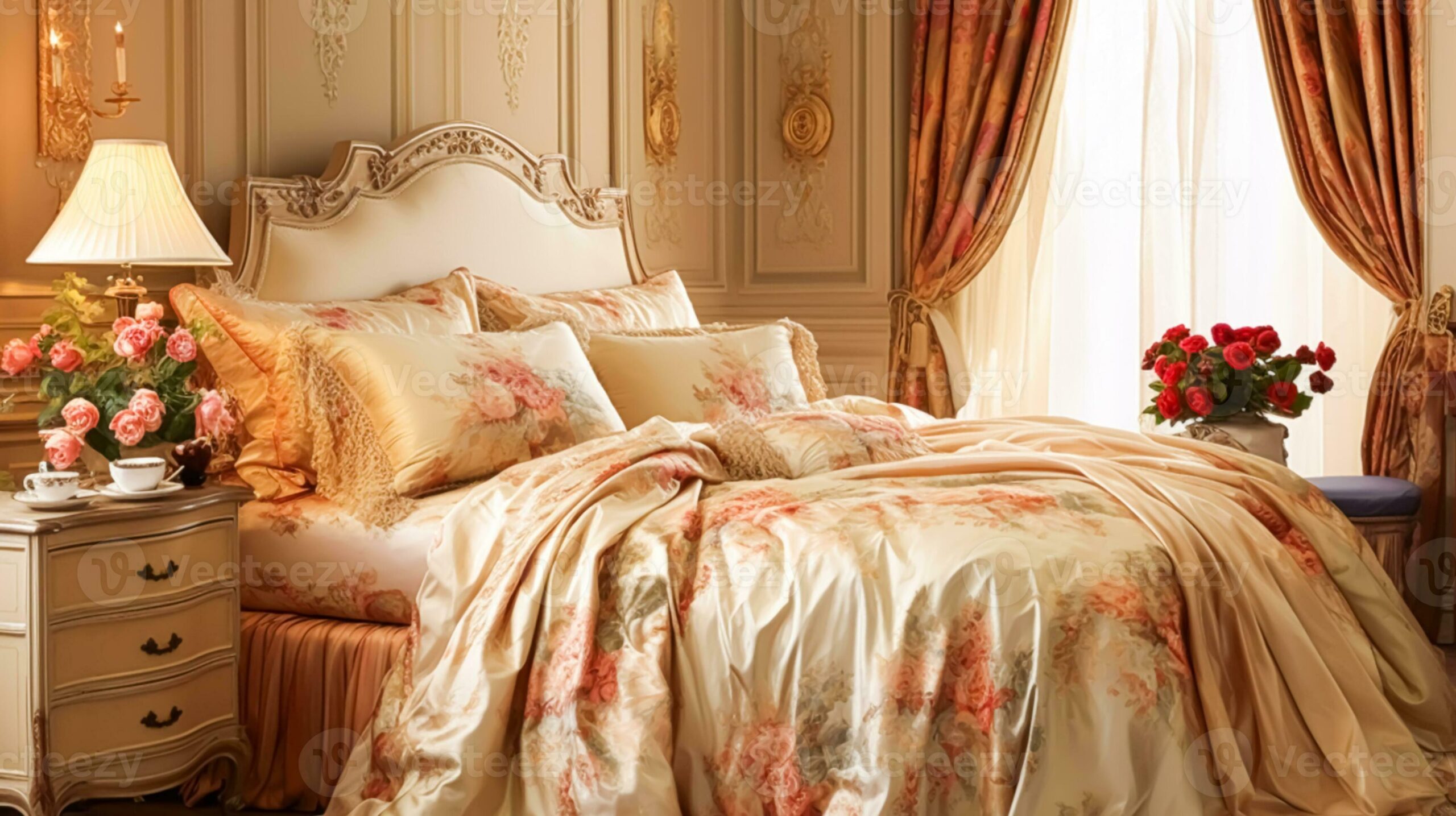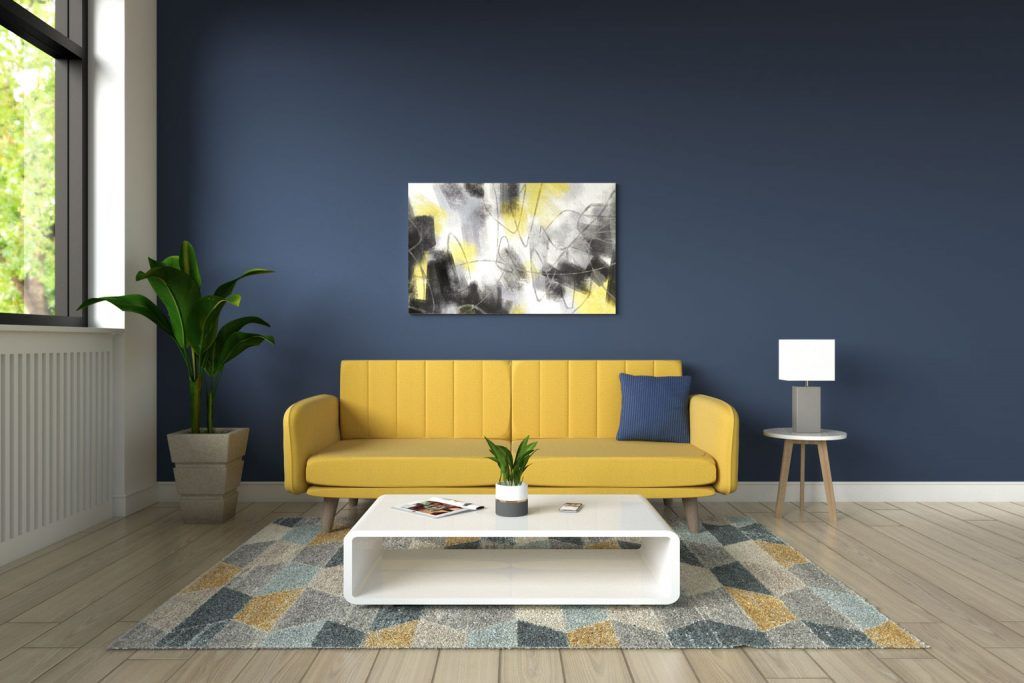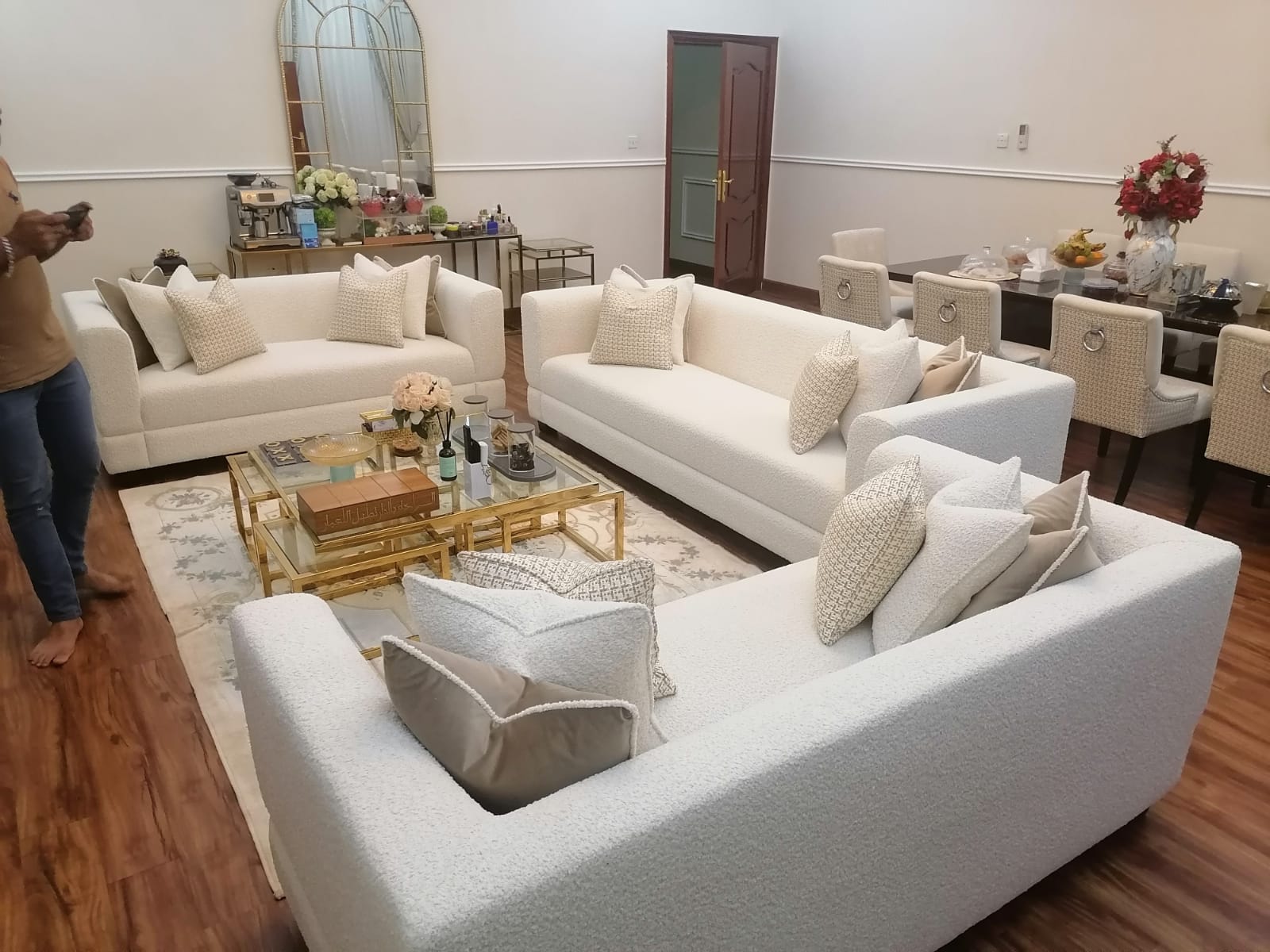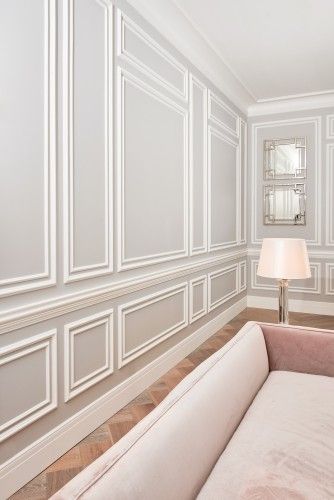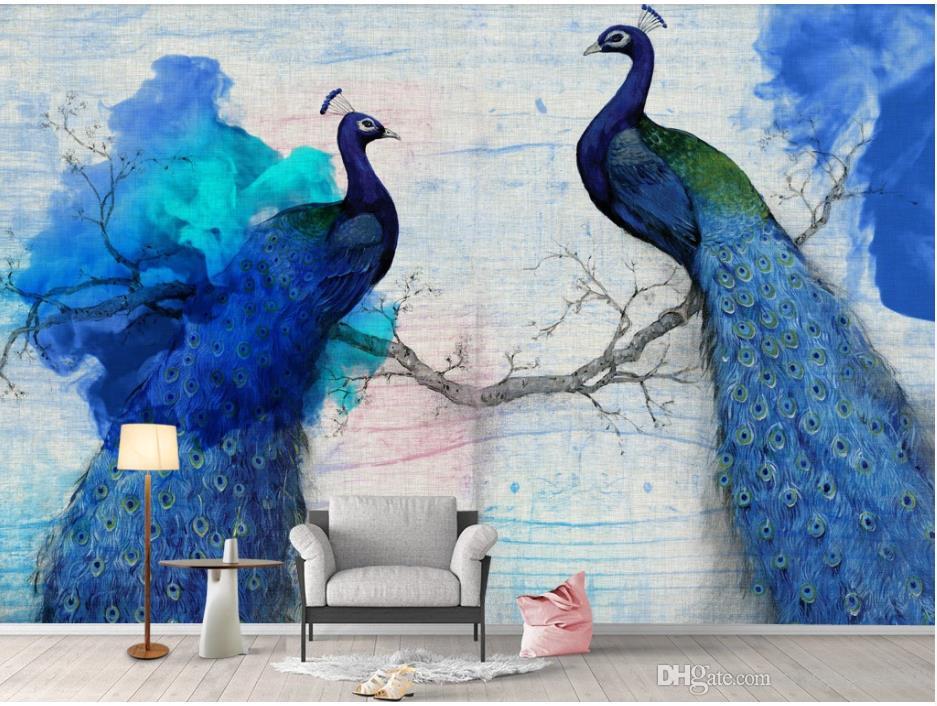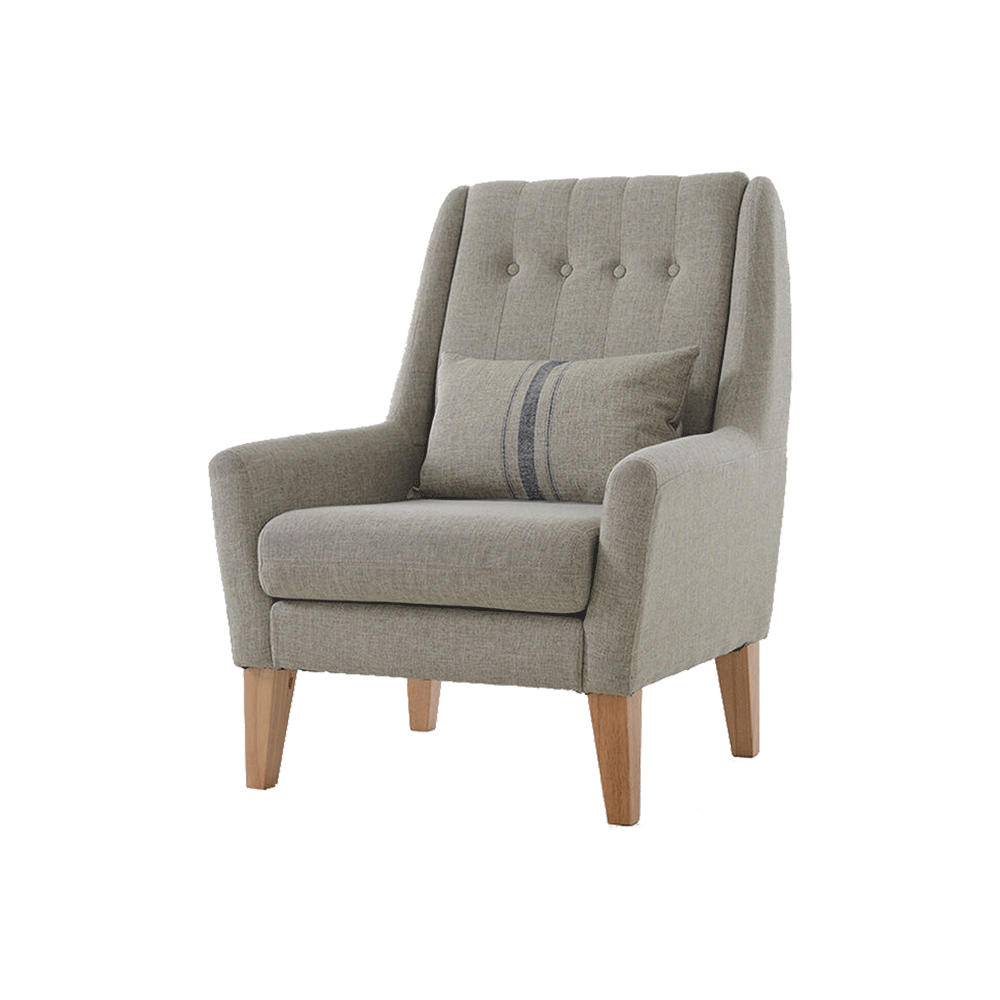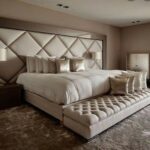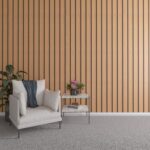In the realm of interior design, wallpaper stands as an essential tool for transforming living spaces from mundane to magnificent. Its versatility knows no bounds, offering an array of patterns, textures, and colors that can breathe life into any room. Among the myriad design elements, wallpaper holds a distinct power—the power of patterns.
Elevating Spaces with Versatility
Wallpaper patterns are the unsung heroes of interior design, capable of enhancing ambiance, creating focal points, and imbuing spaces with character. From subtle motifs to bold prints, the options are limitless, catering to diverse tastes and design preferences.
Creating Focal Points
One of the most striking ways to utilize wallpaper patterns is by creating focal points within a room. Whether it’s a vibrant accent wall adorned with a bold geometric design or a serene backdrop featuring delicate florals, patterns draw the eye and anchor the space. By strategically selecting and placing wallpaper, homeowners can effortlessly highlight architectural features or design elements, elevating the overall aesthetic appeal.
Accentuating Walls
Incorporating wallpaper allows for the accentuation of walls, turning them into dynamic canvases that reflect personal style and creativity. Whether opting for a textured finish to add depth or a metallic sheen for a touch of glamour, wallpaper transforms mundane walls into statement pieces. Moreover, with the advent of removable wallpapers, experimentation becomes not only feasible but also hassle-free, empowering homeowners to explore different patterns and styles without long-term commitment.
Expanding Cramped Spaces
For spaces plagued by limited square footage, wallpaper emerges as a savior, capable of visually expanding cramped areas. Opting for light-colored wallpapers with subtle patterns can create an illusion of space, making rooms appear larger and more open. Additionally, vertical stripes or trompe l’oeil designs can elongate walls, tricking the eye into perceiving greater height and depth.
The Art of Pattern Selection
Choosing the right wallpaper pattern is akin to curating a masterpiece—it requires careful consideration of various factors, including room size, lighting, existing decor, and personal taste.
Harmonizing with Existing Decor
When selecting a wallpaper pattern, it’s essential to consider its compatibility with existing decor elements. Coordinating colors and motifs ensures a cohesive look, while complementary patterns can add visual interest without overwhelming the space. By harmonizing wallpaper with furnishings, textiles, and accessories, homeowners can achieve a harmonious balance that enhances the overall design aesthetic.
Considering Room Size and Lighting
The size of the room and its lighting conditions play a pivotal role in determining the suitability of a wallpaper pattern. In smaller rooms with limited natural light, opting for lighter hues and subtle patterns prevents the space from feeling claustrophobic. Conversely, in larger, well-lit rooms, bolder patterns can make a striking statement without overpowering the surroundings. Additionally, considering the direction of light and its impact on the wallpaper’s appearance ensures optimal visual impact and ambiance.
Conclusion: Harnessing the Power of Patterns
Incorporating wallpaper into interior design endeavors offers boundless opportunities for creativity, self-expression, and transformation. From creating focal points to accentuating walls and visually expanding cramped spaces, wallpaper patterns wield unparalleled influence in shaping the ambiance and character of a home. By carefully selecting and integrating patterns that harmonize with existing decor and suit the room’s size and lighting conditions, homeowners can unlock the full potential of wallpaper, elevating their living spaces to new heights of elegance and sophistication.

